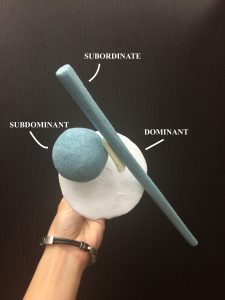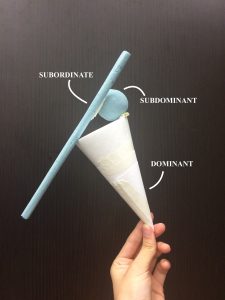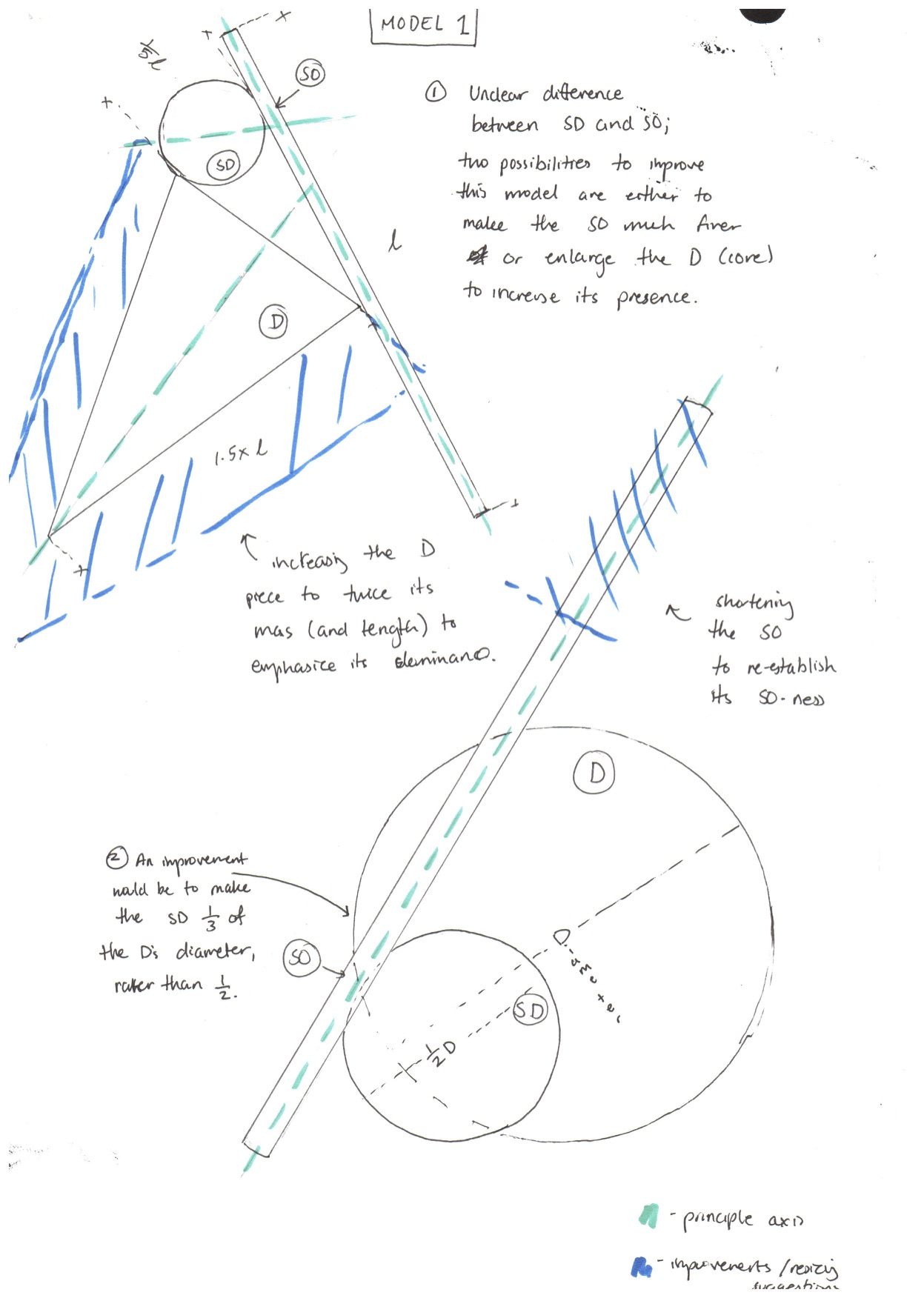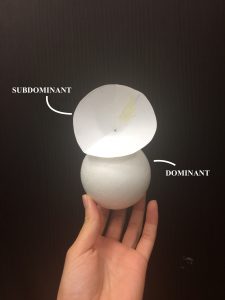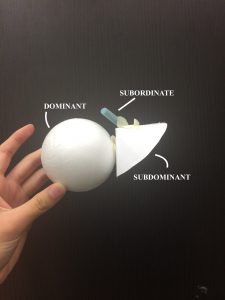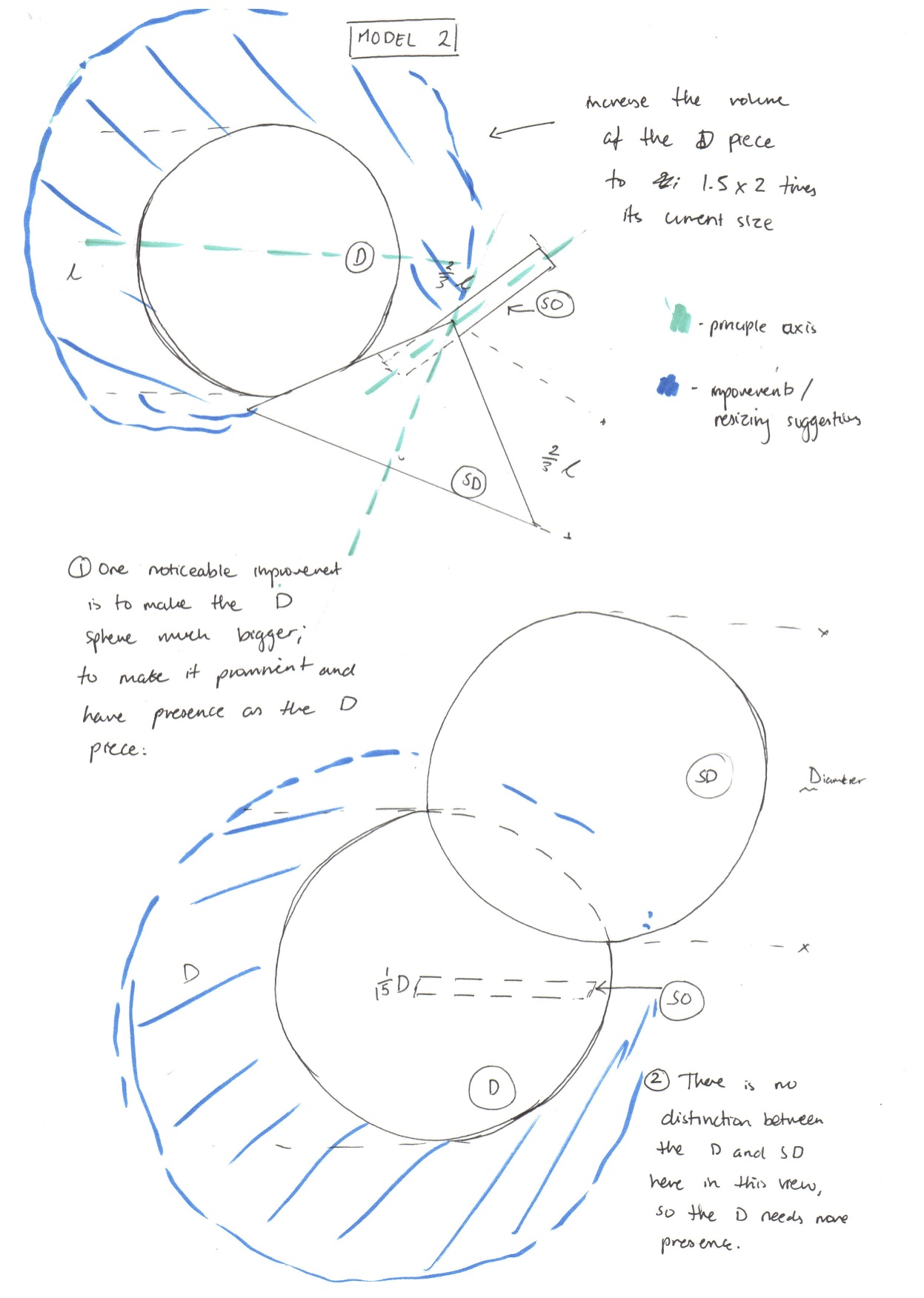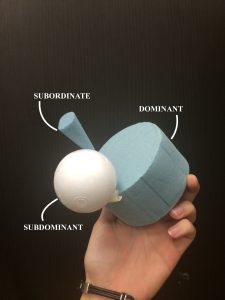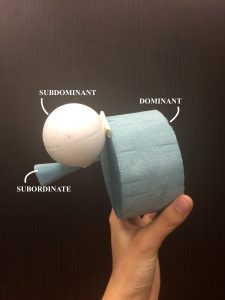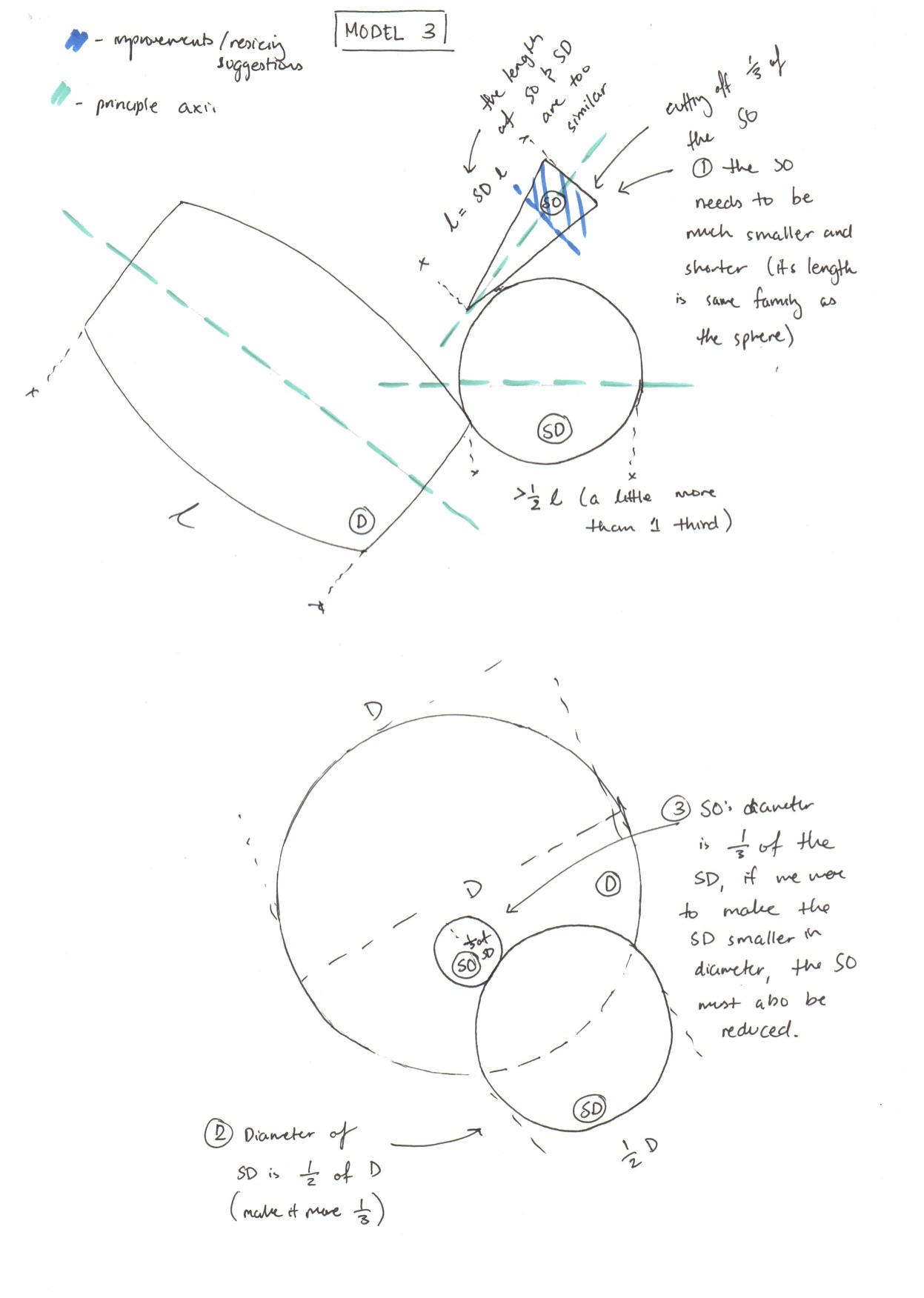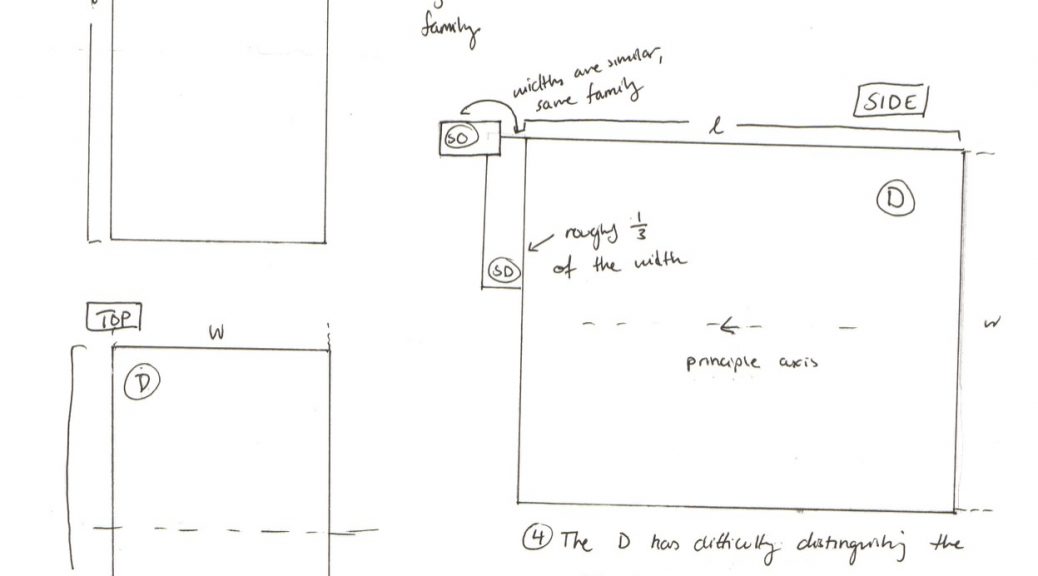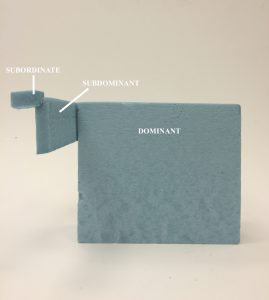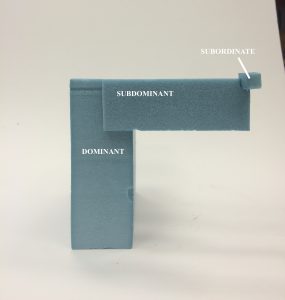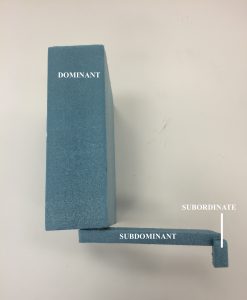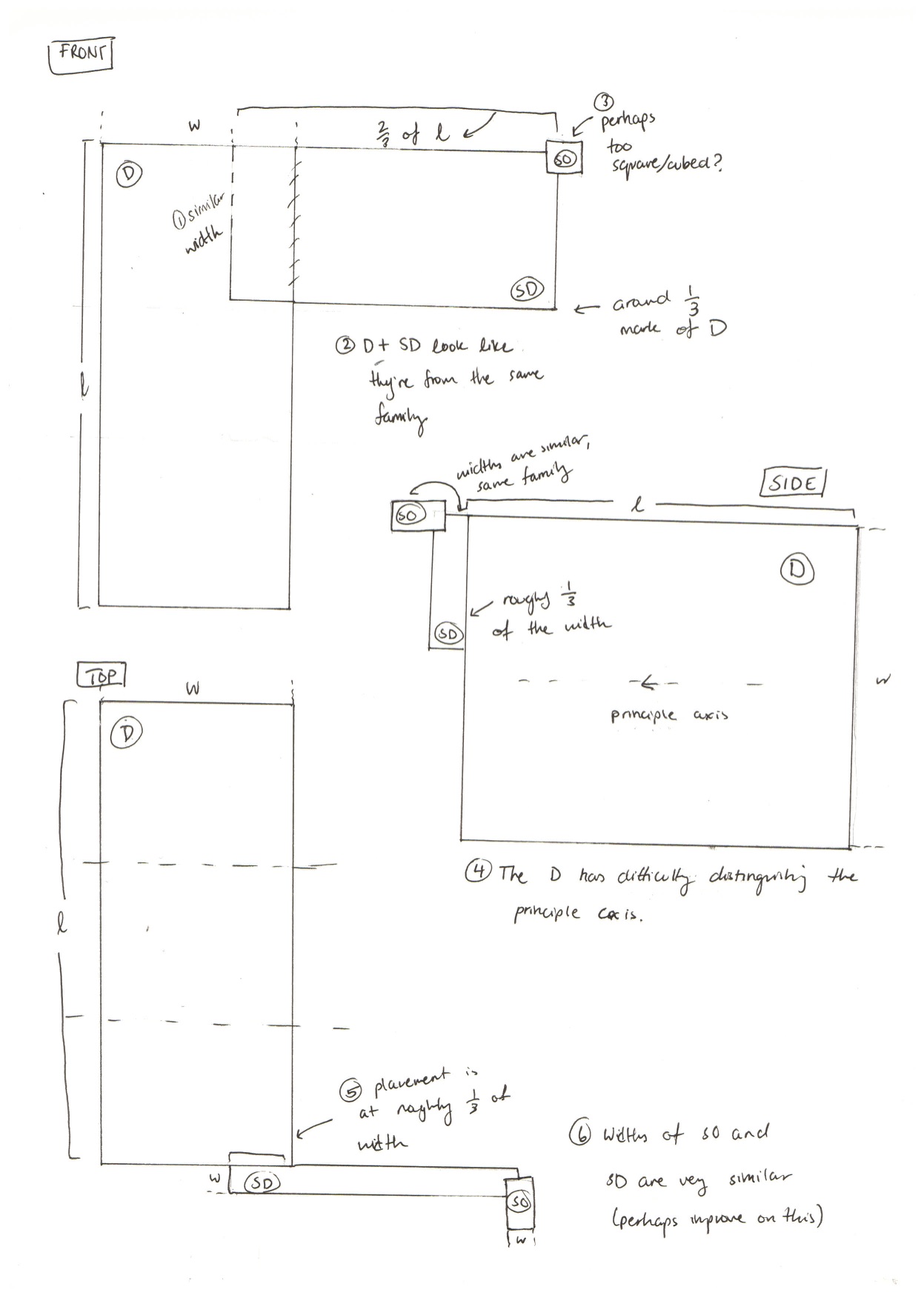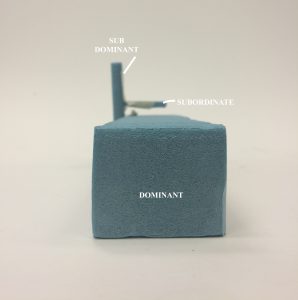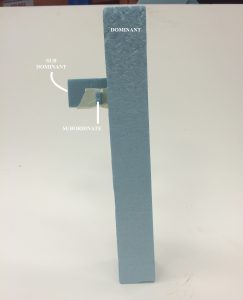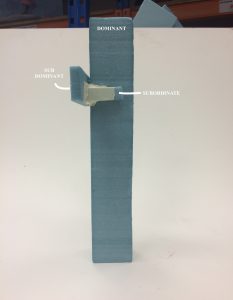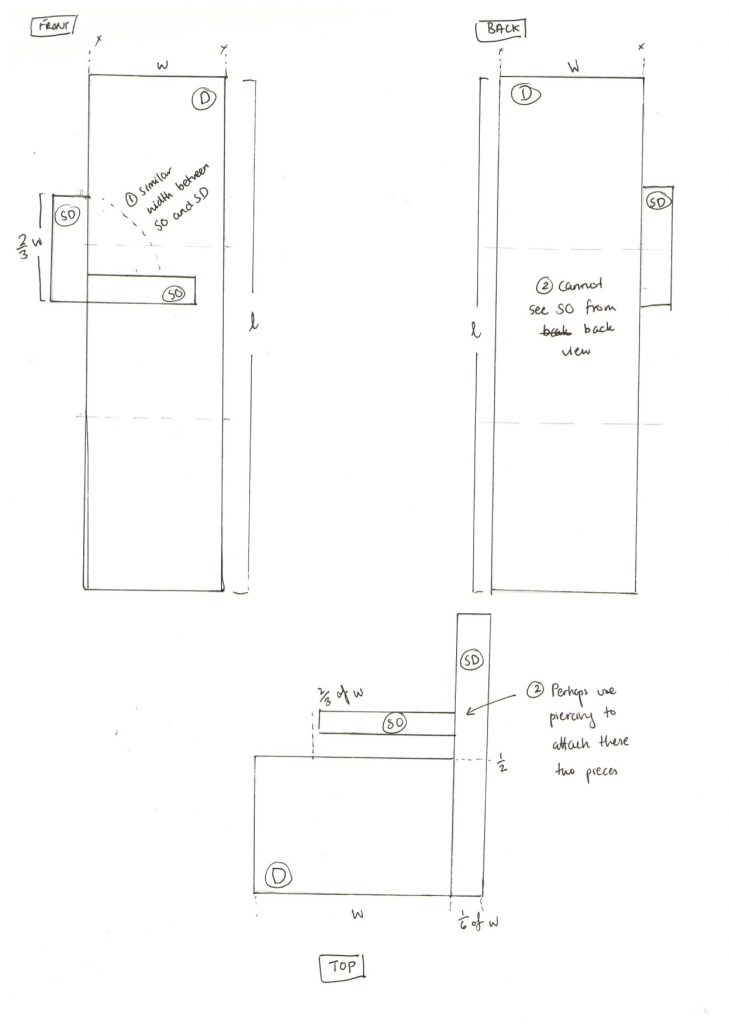To pursue the notion of rot and moulding in food (as symbols), I decided to make my own food grow mould and rot. At first, I wanted to try moulding fruit (more specifically, an apple) by cutting into it a design so that the mould would grow through the skin, like so: 

However, I read online later on that apples, out of all the fruit that mould, would form mould the slowest – this would not give me enough time to take good photos before the project’s 30+ images were due. So, I decided to throw away the apple and then use another food item that would mould quickly: bread.

The conditions for growing mould on bread are:
- Moisten the bread
- Let it catch the spores from the air (that will start moulding eventually)
- Put it inside a plastic bag so the spores do not cause illness (to me) and the mould can grow and be observed easily.
- Put it inside a dark area, as most mould doesn’t grow in sunlight.
Disappointingly, even though I had read online that mould would take 2-3 days to grow, by the 4th day I had seen no signs of any growth and I was about ready to give up and use online images of mould. But then, on the 5th day, the first sign of growth was spotted on the bread and I just carried on from there.
The problem still though, was that I didn’t want to just have a sequence of pictures of a singular slice of bread moulding; I wanted it to have a connection to my idea of food as human nature, as a memory.
So, Robert gave me the idea of showing the beginning, that is, right before one is about to consume the food, where the excitement and the energy is highest and where the thought of what happens to the food afterwards is far, far away from one’s mind. And then, showing the end. Which would be the bread as it becomes mouldier and mouldier. I decided there and then that I would pair up the photos – pictures of a meal about to be eaten with scans of the mould on the bread.
The older the picture, the more mouldy the bread would be.


